When I was in elementary school, my family was relocated to Fort Wadsworth in Staten Island. It was an odd place for a young family to live, quite frankly. Most of the housing in the area was shuttered and the fort itself was decaying and quite unsafe. Fort Wadsworth is one of the oldest military installations in the nation and, during our time living there, was in a serious state of abandonment. As children we fell completely in love with the deserted and decaying buildings not to mention the underground tunnels around the fort. It was incredibly dangerous to explore and we loved every single minute of it. Those childhood years were the impetus of my lifelong obsession with visiting with all things historical, abandoned and paranormal.
Nestled amidst the Appalachian Mountains in West Virginia, approximately three hours from my hometown of Frederick, Maryland, lies a place that has long fascinated, intrigued and frightened many. (Including me!) The Trans-Allegheny Lunatic Asylum, also known as the Weston State Hospital, is a sprawling architectural masterpiece that draws history enthusiasts, paranormal investigators and the curious.

Because my husband is also game to visit historic (and reportedly haunted) places, he himself had a desire to visit this iconic and creepy location. So we filled up the gas tank and booked ourselves a tour of the asylum.
A Glimpse into the Past
Before we delve into the spooky aspects of the Trans-Allegheny Lunatic Asylum, it is important to learn a bit about its unsettling history. The asylum was constructed in the mid-1800s, a time when the understanding of mental illness was in its infancy. Dr. Thomas Story Kirkbride, a pioneer in the field of mental health, designed the building according to his “Kirkbride Plan.” This design aimed to provide ample space, natural light, and fresh air to promote the healing of patients.
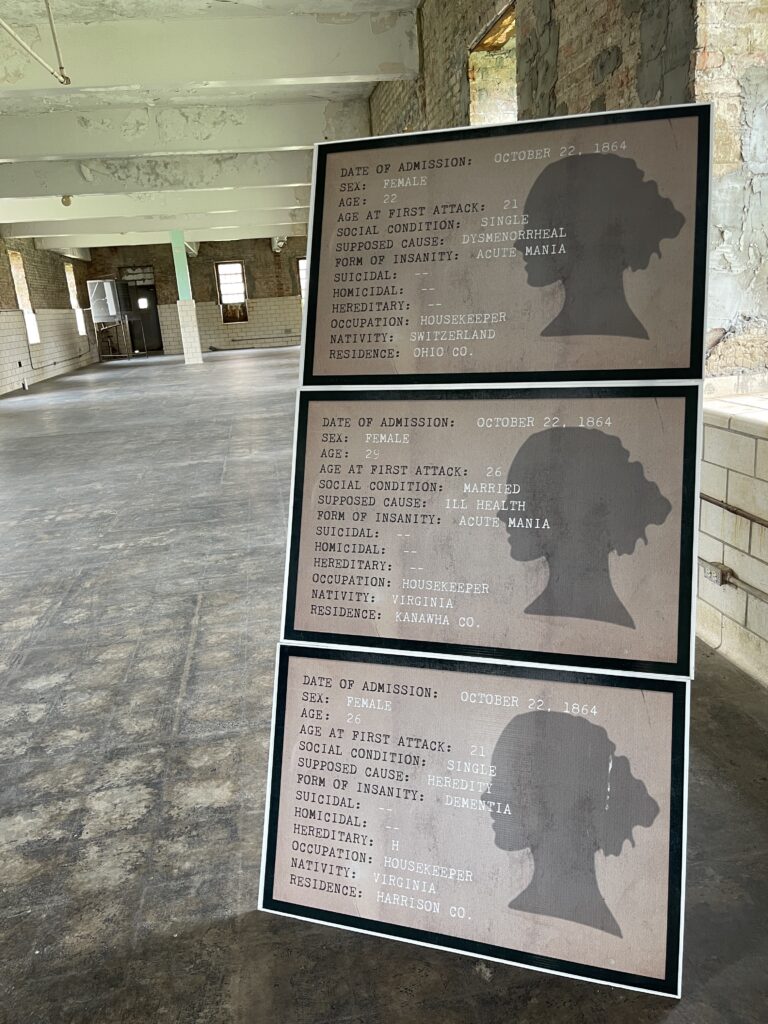
It is important to note that the mid-nineteenth century view of mental illness was a catch-all category. Patients suffering from all manners of “disorders” found themselves within these walls. You could be committed to the asylum for superstition, sexual deviance, deserting your husband, having fits of anger, or simply being considered lazy. Shockingly, women were routinely admitted for menstrual derangement, reflecting the era’s lack of understanding and compassion for mental health issues. Once committed, patients can only be released if the person committing them came back for them. (If that person died or moved abroad you were stranded at the institution forever.)
Life Inside the Asylum
Life inside the Trans-Allegheny Lunatic Asylum was far from idyllic. Patients admitted to the asylum came from diverse backgrounds and were diagnosed with a wide range of conditions, from schizophrenia to depression, often referred to as “melancholia” back in the day. Lack of proper care and access to sanitation led to a large number of deaths at the asylum. While the official count of patients who have died within its walls does not seem to be readily available, ongoing research is still being conducted to determine an accurate count. Some estimate the numbers to be in or above the five-figure range, painting a grim picture of the suffering that occurred at the site.
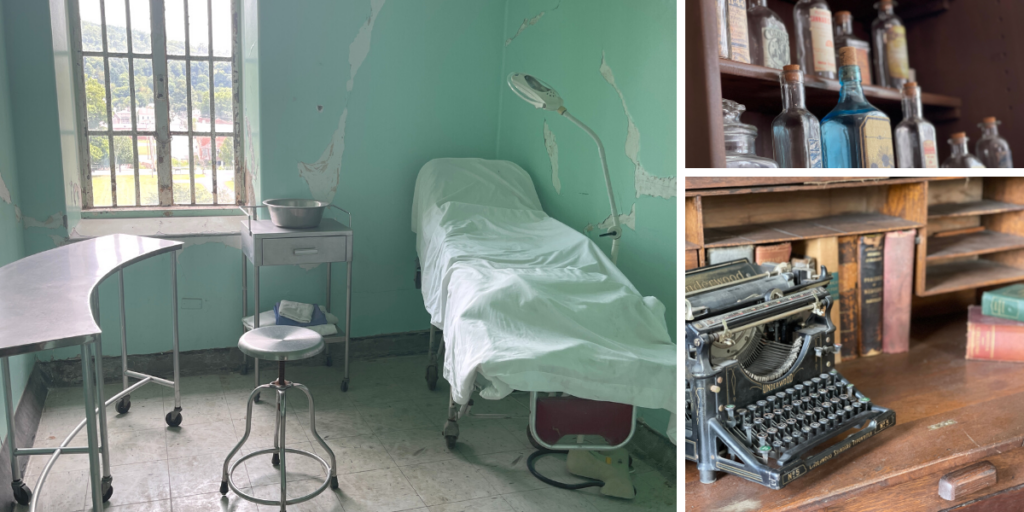
Efforts to control the patients sometimes led to the practice of lobotomies for the purpose of subduing them. (I kid you not.) Dr. Walter Freeman, the man who pioneered the transorbital lobotomy, is reported to have himself performed anywhere from 70 to a few hundred lobotomies on patients at the asylum. This brutal procedure shows the lack of understanding and desperation that characterized the asylum’s approach to mental illness. In fact, lobotomies were performed on site until the mid-1950s, and one physician was so proficient at doing them he reportedly performed upwards of 100 an hour. Visitors are able to view a lobotomy film on site. I don’t recommend it, however. I found it pretty haunting.
The Dark Side of History
One of the most fascinating aspects of the Trans-Allegheny Lunatic Asylum is its dark history, which includes tales of abuse, neglect and patient deaths.
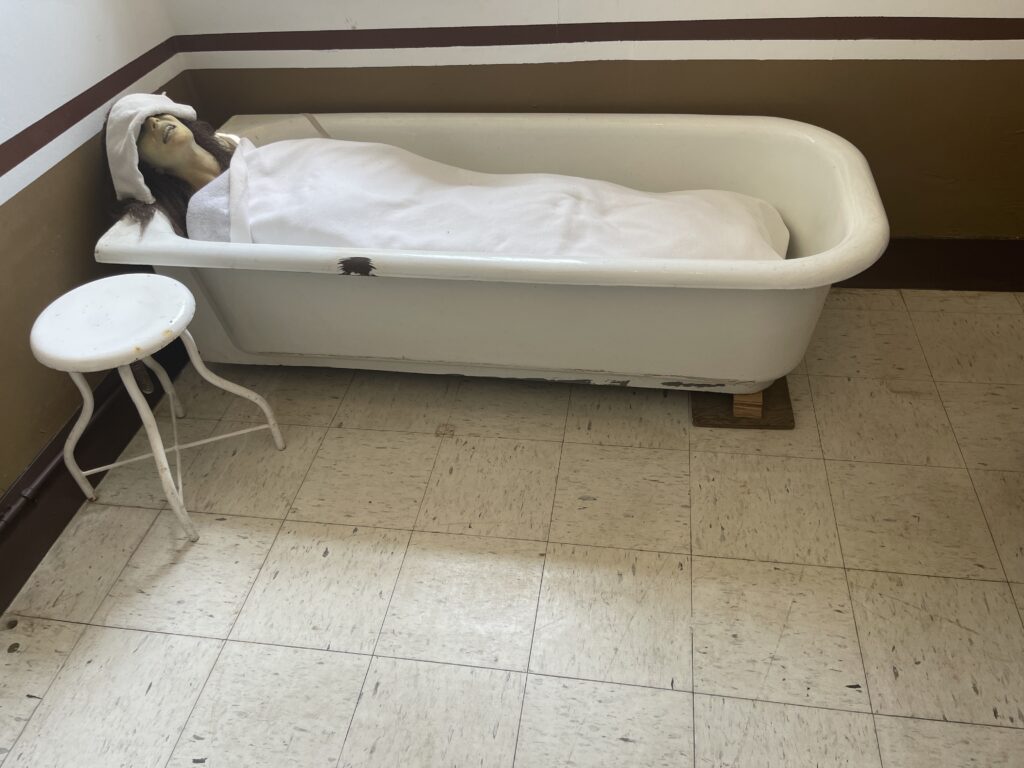
Designed for 250 patients, the hospital held 717 by 1880; and grew to 2,600 in the 1950s. A report by a survey committee in 1938 found that the hospital also housed “epileptics, alcoholics, drug addicts and non-educable mental defectives” among its population. A series of reports later by The Charleston Gazette cited poor sanitation and insufficient furniture, lighting, and heating in most of the complex. These conditions, coupled with a lack of proper medical understanding created a breeding ground for suffering. Many patients spent their entire lives within the walls.

One of the most tragic chapters in the asylum’s history is the purported story of a young girl named Lily. She was born in the asylum to a mother who was a patient. Lily lived her entire life within the institution, never experiencing the world outside.
The Asylum’s Dark Reputation
With such a grim history, it’s no wonder that the Trans-Allegheny Lunatic Asylum has gained a reputation for being one of the most haunted places in America. Ghost hunters, paranormal enthusiasts, and curious visitors (like me!) flock to this eerie location in search of experiences.
There are many reports of paranormal activity within the asylum including ghostly apparitions, disembodied voices and unexplained footsteps. Many claim to have felt a “strong sense of unease” or an unsettling presence as they explore the dim corridors and abandoned rooms. The stories of the spirits of former patients lingering in the asylum are both interesting and chilling.
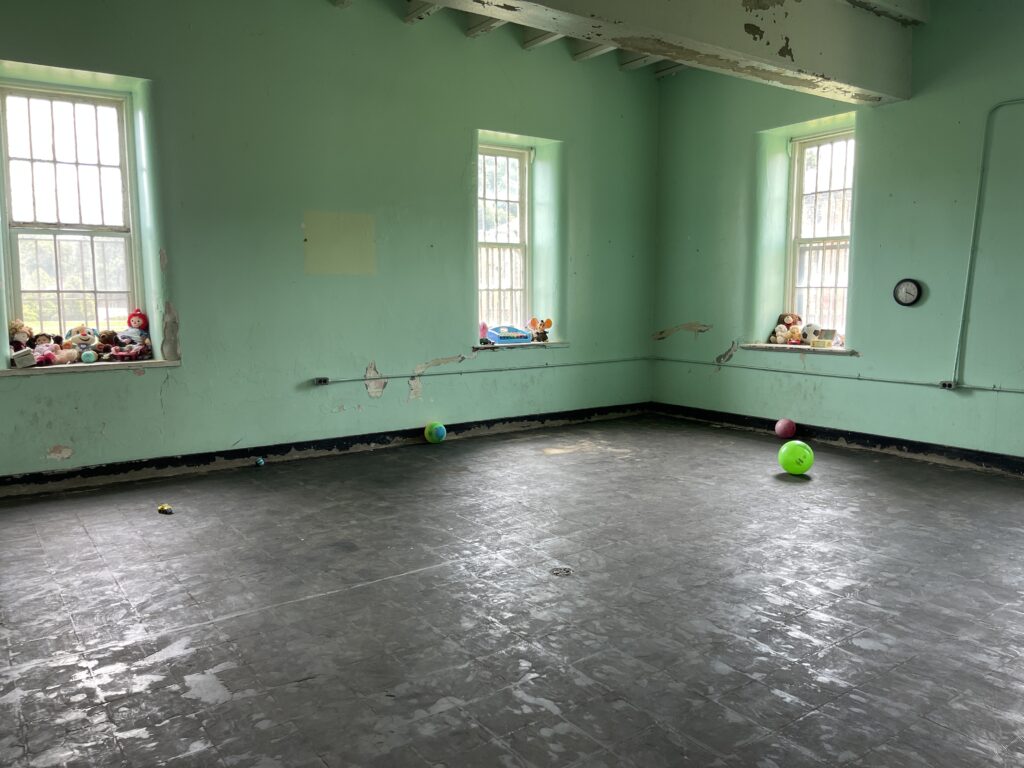
Not surprisingly, one of the most famous spirits said to haunt the asylum is that of Lily. There are many accounts of folks hearing the sound of a child’s laughter or seeing a small girl in a white dress wandering the halls.
Exploring the Asylum Today
Visiting the Trans-Allegheny Lunatic Asylum today is a unique and unforgettable experience. The building’s Gothic architecture is an imposing site and the guided tours offered provide a fascinating glimpse into its history and the paranormal activity that is said to occur within the walls.
As you wander through the asylum’s various wings and wards, you’ll come across eerily empty patient rooms, the remnants of restraint devices, and even a morgue. The decay and dilapidation of the building create quite the atmosphere.
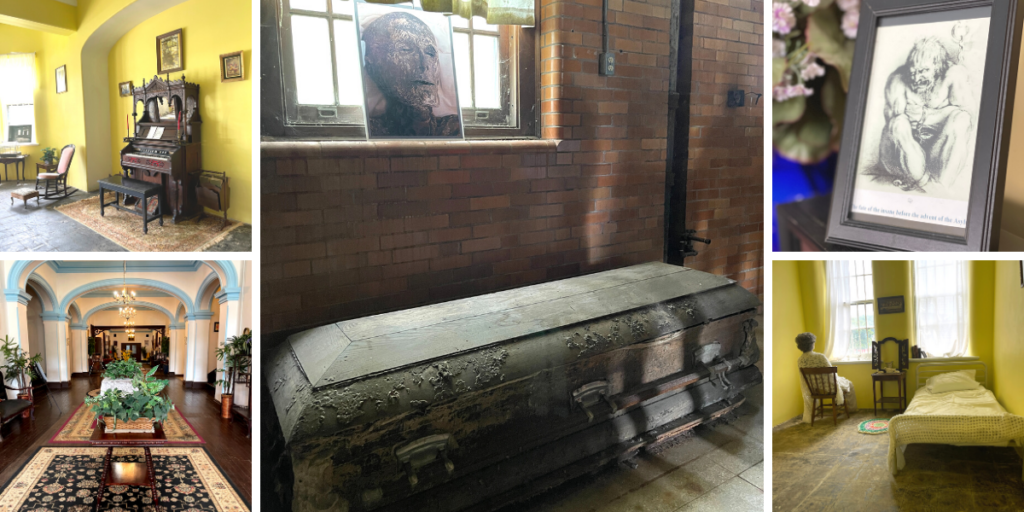
Guides lead visitors through the asylum, sharing stories of its history, the treatment of patients, and, of course, the numerous ghostly encounters that have been reported over the years. You’ll learn about the different treatment methods used, the lives of the patients and the daily routines that once took place at the asylum.
Ghost Hunting Adventures
For those who are particularly brave or curious, the Trans-Allegheny Lunatic Asylum offers special paranormal investigation tours. These tours give you the opportunity to explore the asylum in the dead of night, armed with paranormal investigation equipment like EMF meters, spirit boxes, and night-vision cameras.
During these ghost hunting adventures, participants have reported encountering strange phenomena, such as unexplained cold spots, sudden drops in temperature, and mysterious whispers captured on audio recordings. It’s an adrenaline-pumping experience that will leave you questioning the boundaries between the living and the dead.
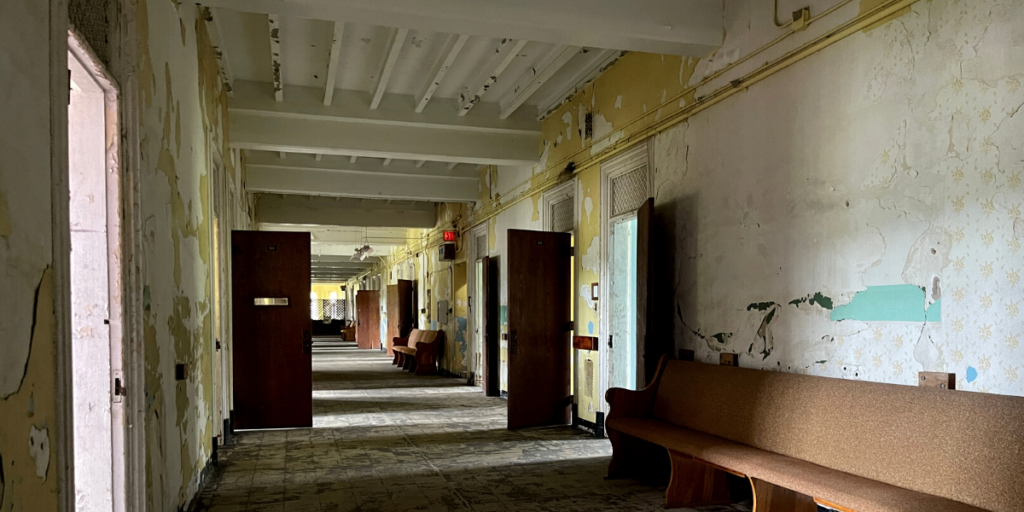
Plan Your Visit
If you’re considering a visit to the Trans-Allegheny Lunatic Asylum, here are a few tips to make the most of your trip:
- Check the Schedule: The asylum offers various tours throughout the year, including daytime historical tours and nighttime paranormal investigations. Be sure to check their schedule and book your tour in advance.
- Dress Appropriately: Wear comfortable clothing and sturdy shoes, as you’ll be walking through old, uneven corridors and rooms.
- Keep an Open Mind: Whether you’re a skeptic or a believer, approach your visit with an open mind and a sense of curiosity.
- Respect the Space: Remember that the asylum is a place with a dark history, so treat it with respect and reverence.
- Bring a Camera: You never know what you might capture in your photographs. Be sure to bring a camera to document your journey.
The Trans-Allegheny Lunatic Asylum is a place where history and the supernatural converge and offers a unique and chilling experience for those willing to explore its halls. Whether you’re a history enthusiast, a paranormal investigator, or simply someone seeking an interesting adventure, this asylum will leave a mark on your memory. Hope you enjoy!







